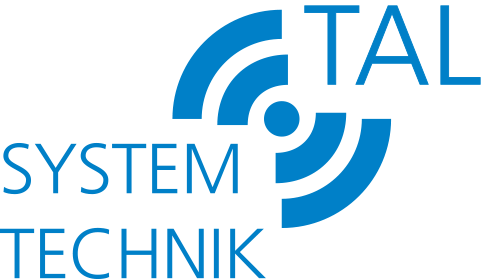With the rise in technological advancements, industrial robotics has become increasingly popular in various industries. One area where these robots are proving to be particularly advantageous is in hazardous environments. These environments, such as nuclear power plants, chemical factories, and oil refineries, are characterized by high levels of risk to human life and often require specialized equipment to ensure safety. This is where industrial robotics with features like schalldämmung maschinen, or sound insulation machines, can play a crucial role.
One of the primary advantages of using industrial robotics in hazardous environments is the ability to protect human workers from dangerous conditions. These robots are specifically designed to withstand extreme temperatures, toxic gases, and chemical spills, which would pose a significant threat to human workers. By replacing human labor with robots, the risk of injury or fatality is greatly reduced.
In addition to ensuring the physical safety of workers, industrial robots also offer increased efficiency and productivity. These machines can work continuously without the need for breaks, thereby increasing overall output. Moreover, they can perform repetitive tasks with precision and accuracy, eliminating the potential for human errors. This not only improves productivity but also reduces the chances of accidents or mishaps in hazardous environments.
Another advantage of industrial robotics in hazardous environments is their ability to access areas that may be difficult or dangerous for humans to reach. For example, in a nuclear power plant, there may be radioactive or contaminated areas that pose a threat to human workers. By using robots with schalldämmung maschinen features, these areas can be accessed and inspected without endangering human lives. This enables thorough inspections and maintenance, ensuring the safe functioning of the facility.
Furthermore, industrial robots equipped with schalldämmung maschinen technology can significantly reduce noise pollution in hazardous environments. Noise pollution in industrial settings can have detrimental effects on human health, causing hearing loss and other related problems. By incorporating sound insulation machines into robots, the noise levels can be minimized, creating a safer work environment for both humans and robots.
Lastly, the use of industrial robotics in hazardous environments can lead to cost savings for companies. While the initial investment in these machines may be high, the long-term benefits outweigh the costs. Robots eliminate the need for human workers to be exposed to hazardous conditions, reducing risks and associated healthcare costs. Additionally, robots can operate for extended periods without the need for breaks or overtime pay, resulting in increased overall efficiency and reduced labor costs.
In conclusion, industrial robotics with features like schalldämmung maschinen offer numerous advantages in hazardous environments. From protecting human workers to increasing productivity and efficiency, these robots are transforming the way hazardous tasks are performed. As technology continues to advance, we can expect industrial robotics to become even more prevalent in hazardous environments, ensuring the safety and well-being of both humans and the environment.
************
Want to get more details?
TAL Systemtechnik GmbH
https://www.tal-systemtechnik.de/
+49 7731 68405
Byk-Gulden-Straße 36, 78224 Singen
TAL Systemtechnik GmbH – Wir produzieren und liefern Ihnen konfektionierte Dämmstoffe nach Maß, Akustische Dämmung zur Schallisolierung, den TL flexibler Abgasschlauch hitzebeständig und diverse Schallschutzvorhänge für die Industrie.
